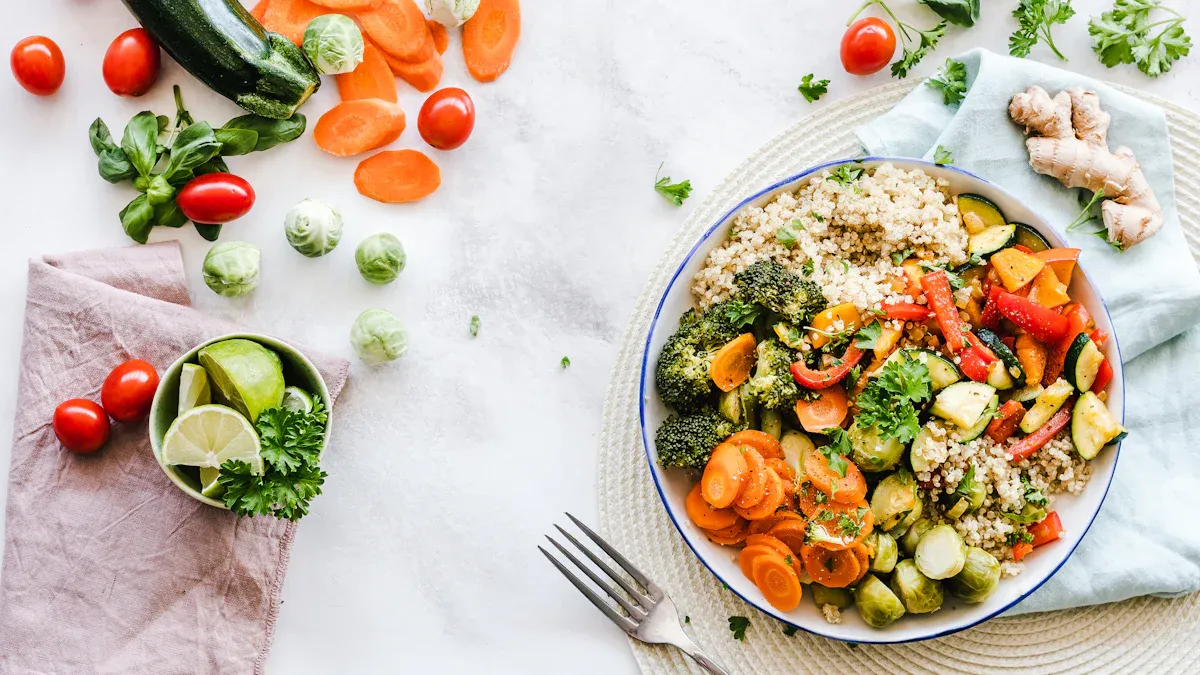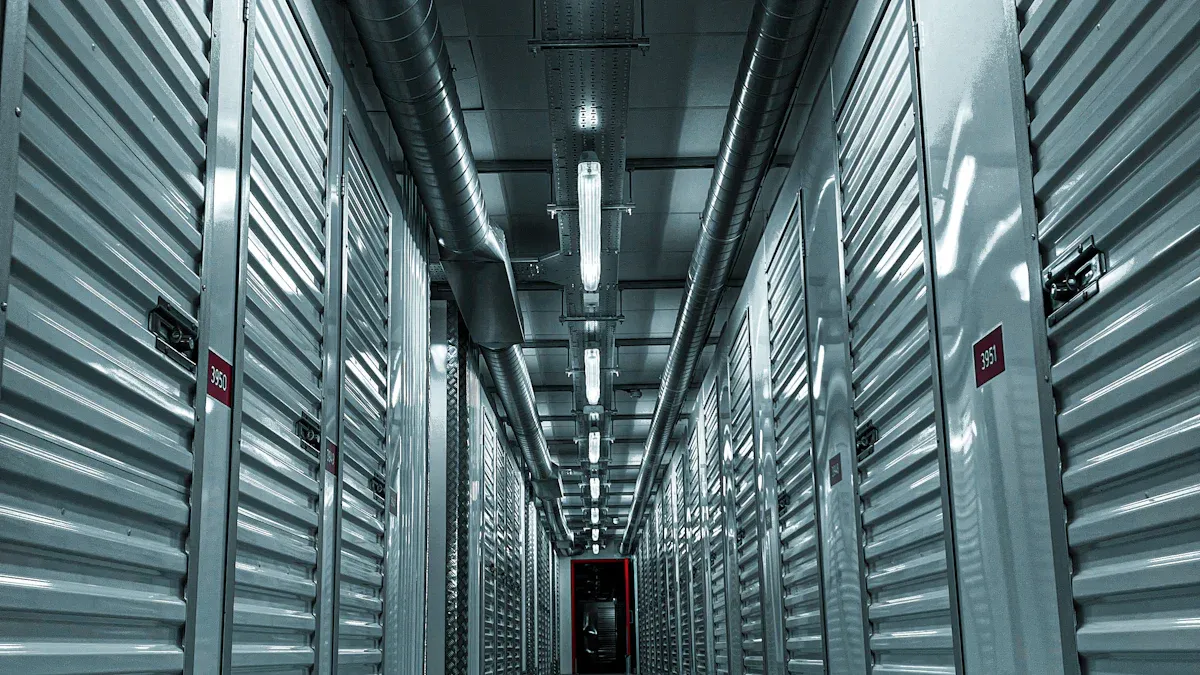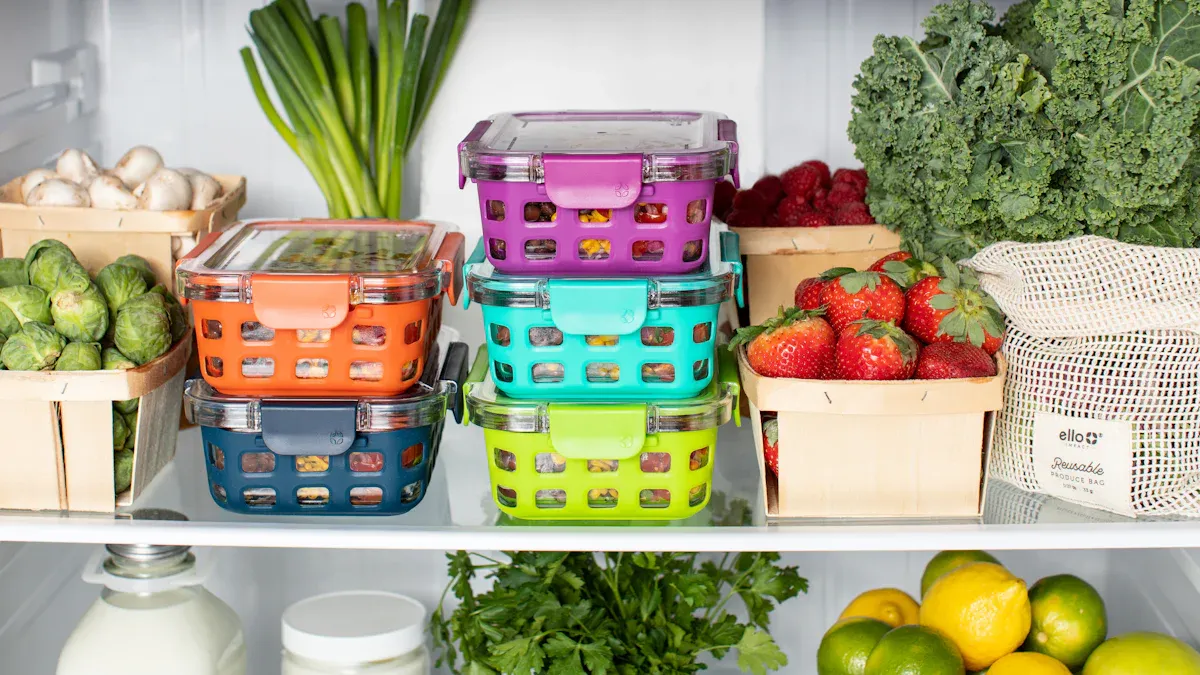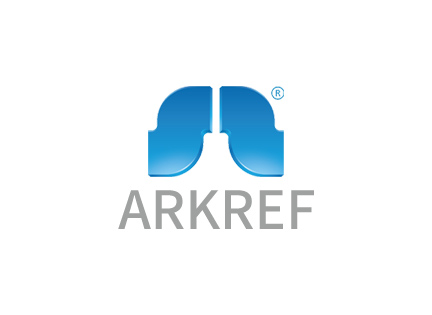Cold room always keeps food safe and tasty

You count on a cold room to keep food safe and tasty each day. This system uses exact temperature and humidity controls to make the best place for storage. When conditions stay steady, bacteria grow slower and food does not spoil fast. You see that fruits, vegetables, meat, and dairy stay fresh for more days. By having a cold room, you keep the taste and quality of your food safe.
Key Takeaways
Keep the temperature between 0°C and 5°C. This helps food stay fresh. It also keeps food safe from bacteria.
Control humidity in the cold room. Make sure air moves well. This stops food from spoiling. It helps food stay good.
Organize your cold room in a smart way. This helps you find food fast. It also helps you waste less food.
Check your cold room often. Fix things when needed. This helps it work well. It keeps food safe.
Use a cold room to store lots of food. This saves you time and money. It also keeps food fresh.
Cold room function

Temperature control
You need to keep food at the right temperature to stop bacteria from growing. A cold room lets you set the temperature between 0°C and 5°C (32°F to 41°F). This range works well for most foods like fruits, vegetables, meat, and dairy. You can use a digital thermostat to check the temperature at any time. If you keep the temperature steady, you help food stay fresh and safe.
Tip: Check the temperature every day. If you see a change, fix it right away to protect your food.
Humidity and air flow
You also need to control humidity in a cold room. High humidity can cause mold, while low humidity can dry out food. Most cold rooms use special sensors to keep humidity at the best level. Good air flow is just as important. Fans move air around so every part of the room stays cool. This stops warm spots from forming.
Here is a simple table to show how humidity and air flow help:
Factor | What it does | Why it matters |
|---|---|---|
Humidity | Stops food drying | Keeps food fresh |
Air flow | Moves cool air | Stops spoilage |
Energy efficiency
You want your cold room to save energy. Modern systems use thick insulation and energy-saving fans. LED lights use less power and do not make extra heat. You can also use automatic doors to keep cold air inside. Some cold rooms have smart controls that adjust settings when you store more or less food. This helps you lower your energy bills.
Use these tips for better energy efficiency:
Keep the door closed as much as possible.
Check seals and insulation often.
Organize food so you find items quickly.
Remember: An efficient cold room saves money and keeps food safe.
Food storage benefits

Freshness
You want your food to taste as good as possible. A cold room helps you keep fruits, vegetables, meat, and dairy fresh for longer. When you store food at the right temperature and humidity, you slow down the loss of flavor and texture. You notice that apples stay crisp, lettuce stays green, and cheese does not dry out.
Tip: Store your most delicate foods on higher shelves where the air is coolest. This helps you keep them fresh and tasty.
Spoilage prevention
You can stop food from spoiling quickly by using a cold room. Bacteria and mold grow much slower in cold temperatures. This means you throw away less food and save money. You also protect your health because spoiled food can make you sick.
Here is a simple list of foods that spoil fast without proper storage:
Milk and dairy products
Fresh meat and fish
Leafy greens
Berries
A cold room gives you a safe place for all these foods.
Shelf life
You extend the shelf life of your food when you use a cold room. This means you can keep food for more days or even weeks. You do not have to shop as often, and you can plan your meals better.
Food Type | Shelf Life (Room Temp) | Shelf Life (Cold Room) |
|---|---|---|
Milk | 1-2 days | 7-10 days |
Fresh Meat | 1 day | 5-7 days |
Leafy Greens | 2-3 days | 7-10 days |
Berries | 1-2 days | 5-7 days |
You see that a cold room makes a big difference in how long your food lasts.
Large quantity storage
You may need to store a lot of food at once. A cold room gives you enough space for big orders, parties, or busy seasons. You can organize your food on shelves and racks so you find what you need fast.
Benefits of large quantity storage:
You save time by shopping less often.
You reduce waste by keeping food safe.
You can buy in bulk and save money.
A cold room helps you handle large amounts of food without worry. You keep everything safe, fresh, and ready to use.
Cold room vs. refrigeration
Efficiency
You want your food storage to work well and save energy. A cold room gives you better efficiency than a regular refrigerator. You can store large amounts of food in one place. This means you do not need many small fridges that use more power. Thick insulation in a cold room keeps the cold air inside. Smart controls help you use less electricity by adjusting the temperature when needed.
Note: When you open a cold room door, the temperature stays steady longer than in a small fridge. This helps keep your food safe.
Here is a quick comparison:
Feature | Cold Room | Refrigerator |
|---|---|---|
Storage Size | Large | Small |
Energy Use | Lower per item | Higher per item |
Temperature Hold | Very steady | Changes fast |
Versatility
You need a storage solution that fits many needs. A cold room gives you more options than a standard refrigerator. You can adjust the shelves and racks to fit big or small items. You can store boxes, trays, or even whole crates. This makes it easy to organize food for a restaurant, a store, or a big family.
Ways a cold room is versatile:
You can set the temperature for different foods.
You can store both raw and cooked items in separate areas.
You can use it for short-term or long-term storage.
Tip: Use labels and clear bins to keep your cold room organized and easy to use.
You see that a cold room gives you more space, better control, and more ways to keep your food safe and tasty.
Best practices
Organization
You keep your cold room efficient by organizing it well. Place similar foods together so you find them quickly. Use shelves and bins to separate raw and cooked items. Label each shelf and container with the food name and date. This helps you track what you have and what you need to use first.
Tips for better organization:
Store dairy and meat on lower shelves.
Keep fruits and vegetables on higher shelves.
Use clear bins for small items.
Place older food in front so you use it first.
Tip: A tidy cold room saves you time and reduces waste.
Maintenance
You protect your food by keeping your cold room clean and in good shape. Wipe down shelves and bins every week. Sweep the floor to remove crumbs and spills. Check the door seals for cracks or gaps. Clean the fans and vents so air flows well.
Task | How Often | Why It Matters |
|---|---|---|
Clean shelves | Weekly | Stops mold growth |
Check seals | Monthly | Keeps cold air in |
Clean fans | Monthly | Improves air flow |
If you see frost or water on the walls, dry it right away. This stops mold and keeps your cold room safe.
Monitoring
You need to watch your cold room to keep food safe. Check the temperature and humidity every day. Write the numbers in a logbook or use a digital monitor. If you see a change, fix the problem fast.
What to monitor:
Temperature (should stay between 0°C and 5°C)
Humidity (should match your food needs)
Door seals and lights
Note: Set an alarm to alert you if the temperature goes too high or too low. This helps you act before food spoils.
By following these best practices, you keep your cold room safe, clean, and ready for use. You protect your food and save money every day.
You rely on a cold room to keep your food safe and full of flavor. This system gives you steady temperature and humidity, which stops bacteria and mold. You store more food for longer and waste less. You also save energy and money.
Remember: A well-managed cold room helps you protect your food and enjoy every meal.
FAQ
How often should you check the temperature in your cold room?
You should check the temperature at least once a day. Use a digital thermometer for accuracy. Write down the readings in a logbook. This helps you spot problems early.
What foods should you never store together in a cold room?
Keep raw meat and ready-to-eat foods apart. Store raw meat on lower shelves. Use separate bins for fruits and vegetables. This stops cross-contamination and keeps your food safe.
Can you store cooked food in a cold room?
Yes, you can store cooked food in a cold room. Cool the food before placing it inside. Use sealed containers. Label each container with the date. This keeps your food fresh and safe.
What should you do if you see frost or water inside the cold room?
Remove frost or water right away. Dry the area with a clean towel. Check the door seals for gaps. Good maintenance stops mold and keeps your food safe.
See Also
The Role of Cold Rooms in Food Safety and Freshness
Cold Rooms: Essential for Maintaining Product Freshness
Transforming Storage Solutions: The Impact of Cold Rooms

